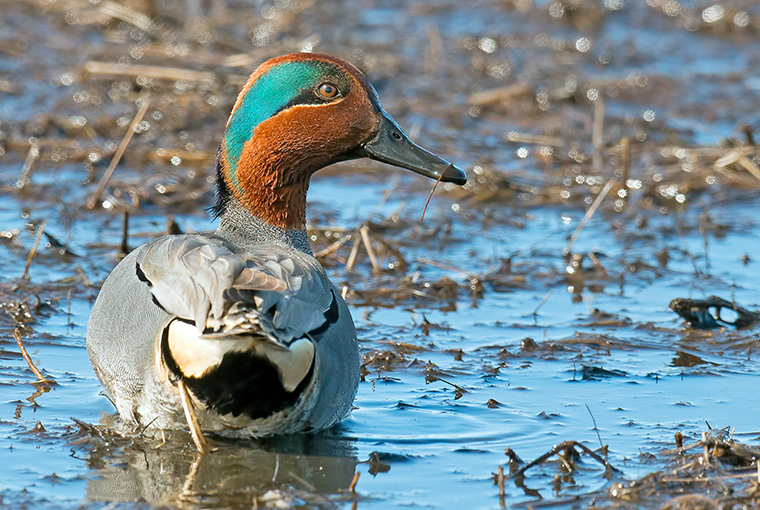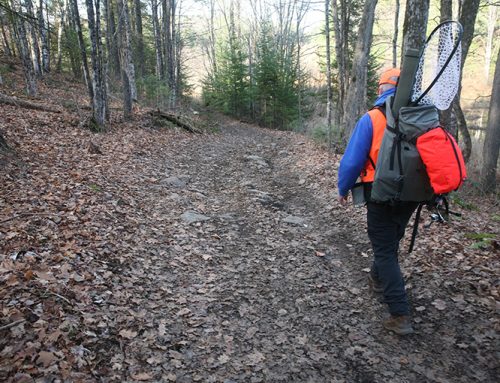
A study released in the Feb. 2025 issue of Science of the Total Environment assessed the environmental contaminants levels of commonly harvested waterfowl species along the Atlantic flyway.
Researchers tested 108 hunter-killed birds from across New York, Pennsylvania, Connecticut, and New Jersey. They measured levels of several high-profile contaminants in mallards, green-winged teals, American black ducks, wood ducks, and Canada geese.
The study reported several key findings, including:
- Mercury levels were detected in most birds in relatively low concentrations.
- Organochlorine pesticides (OCPs) were detected in all birds in relatively low concentrations.
- Per- and polyfluoroalkyl substances (PFAS) were detected in all birds.
- Polychlorinated biphenyls (PCBs) were detected in all birds.
None of the four containment groups reached “concerning” thresholds individually. However, the study authors deemed them both cancer and non-cancer risks when considered cumulatively. The presence of PFAS and PCBs was especially concerning. PFAS, a group of synthetic chemicals used in non-stick coatings, waterproofing, and industrial applications, are an emerging chemical of concern. PCBs are a contaminant used in electronics until their ban in the 1970s, and are a known carcinogen and endocrine disruptor.
Findings suggest Canada geese and wood ducks have significantly fewer contaminants than the other three duck species. The authors concluded that environmental contaminant levels are likely species dependent, and that existing consumption advisories should focus more on individual species and cumulative effects.
The authors of the study recommend a maximum of eight meals of duck per year to avoid cancer and non-cancer risks.






Leave A Comment